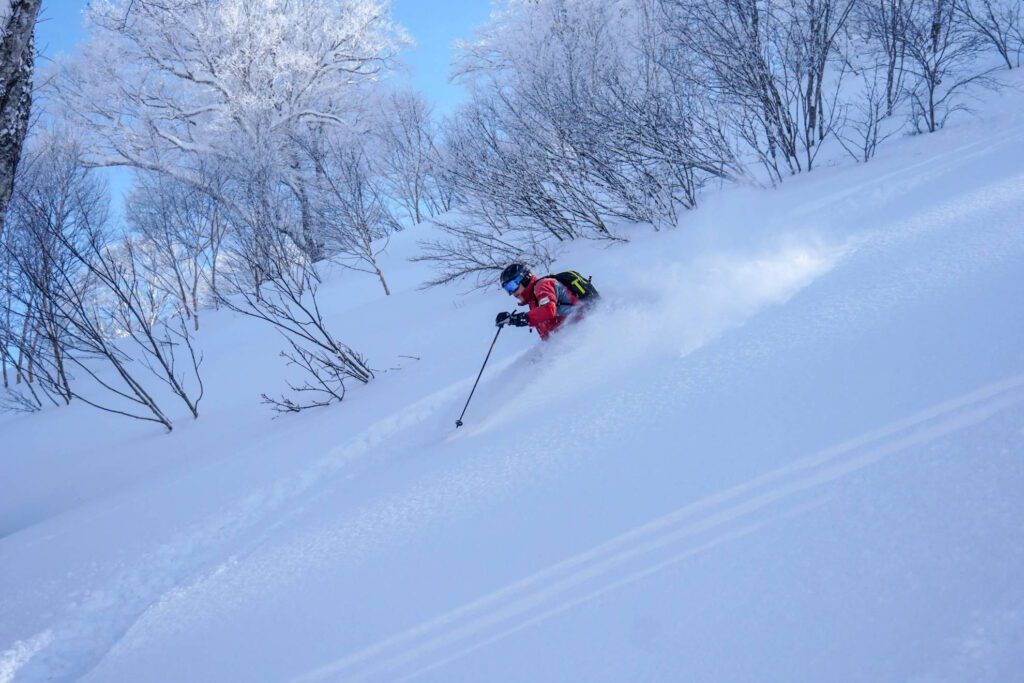With winter on our doorstep, many people will head to the Australian snowfields. According to the Australian Ski Areas Association, there were over 2,500,000 “skier” days in Australia in 2022. But, of course, that number includes skiers and snowboarders, not cross-country or back-country skiers.
Before starting my Orthopaedic training, I was lucky enough to work at several medical centres, including Mt Hotham, Falls Creek and Thredbo. Orthopaedic injuries to bones and joints dominate the injuries sustained, and I saw and treated a wide range of injuries. For example, in the early days of skiing, “boot-top” fractures of the tibia were prevalent, but modern ski bindings dramatically reduced their occurrence.
Knee injuries are prevalent. Sprains of the medial collateral ligament (MCL) are the commonest injury. Fortunately, these injuries may be minor and don’t often require specific treatment. Usually, they can be treated with RICE (Rest, Ice, Compression sleeve, Elevation), and the ice component is not hard to find. Too often, rest is not used as people continue to ski if it’s their one ski holiday for the year. MCL injuries don’t usually cause ongoing problems such as pain or instability.
Anterior cruciate ligament injuries are the most frequent knee injuries requiring Ski Patrol’s help to get to the medical centre for treatment. In my experience, these injuries are common after a fresh snowfall, primarily if someone is not used to skiing in the fresh stuff. I did my knee fellowship in Salt Lake City, and our clinic also looked after the Park City Medical Centre. (I recall one weekend when we treated 20 people with an ACL tear). However, ACL tears can also occur with high-speed injuries.
Upper limb injuries are also prevalent, often resulting from putting the arm out to break a fall or landing directly on the shoulder. The two most typical shoulder injuries that I manage are dislocated shoulders and broken collarbones. Snowboarders are less likely to injure their knees than skiers. However, they are more vulnerable to upper limb injuries, including those I’ve mentioned and wrist fractures.
I’ve written before about ACL Injury Prevention Programs (here). However, there are many things you can do to have fun in the snow and to minimise your injury risk.
- Get fit and strong for skiing and boarding. Fatigue plays a role, as many injuries occur late in the day.
- Start the day with one or two runs to warm up the muscles and concentrate on good technique.
- Ski in control and on the runs appropriate for your skill and fitness level.
- Check your ski bindings and have them appropriately adjusted for your age, ski ability, height and weight.
- Wear protective gear, especially a helmet.
- Take care when skiing in white-outs.
- Don’t ski or board under the influence of alcohol or drugs.
Most of all, have fun.
If you’ve suffered any of the injury mentioned or are experiencing any pain, early intervention is the key to successful treatment. To make an appointment, please refer to the information found on this page.


